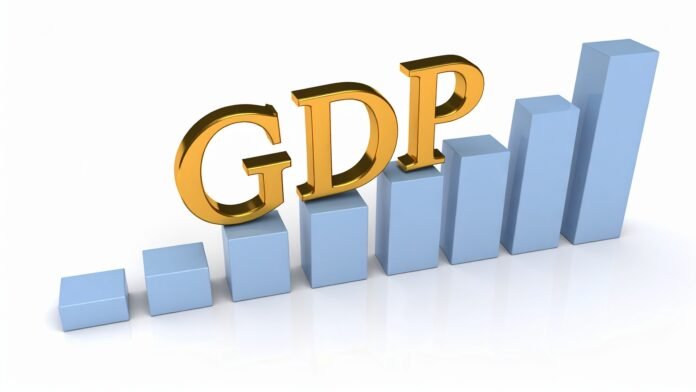The Asian Development Bank (ADB) sees steady growth ahead for India, projecting 6.5% expansion in both 2025 and 2026. This comes as the bank slightly lowers its outlook for developing Asia and the Pacific—by 0.1 percentage points this year and 0.2 points next—due to rising U.S. tariffs and a shifting global trade landscape.
India’s economy has shown real strength so far in 2025, with GDP jumping 7.6% in the first half. Strong public spending on infrastructure helped boost investments, making up for weaker exports and consumer spending. Rural demand stayed solid, keeping things moving forward.
On the industrial front, things picked up in India, thanks to solid performance in manufacturing and construction. That helped balance out dips in mining and utilities. Manufacturing also gained steam across India and much of Southeast Asia’s ASEAN countries. India’s services sector remained robust, fueled by more people traveling and enjoying recreation activities.
Good news for global food prices: The ADB expects rice costs to drop, thanks to favorable weather and bumper harvests in India, the top rice exporter worldwide.
But challenges loom from higher U.S. tariffs and ongoing trade uncertainties, which could slow the region’s momentum. Inflation should keep cooling to 1.7% this year, driven by cheaper food and energy, before ticking up a bit to 2.1% in 2026 as food prices stabilize.
In India, consumer price inflation hit a low 2.07% in August—way down from 3.7% a year earlier. Food prices fell for the third month in a row, down 0.7% year-over-year, mainly from lower costs for vegetables, pulses, and spices.
ADB Chief Economist Albert Park highlighted the risks: “U.S. tariffs have settled at historically high rates, and global trade uncertainty remains elevated.” He noted that growth in developing Asia and the Pacific has held up well this year, thanks to strong exports and healthy domestic demand. Still, the tougher external environment is clouding the future. Park urged governments to focus on smart economic policies, openness to trade, and deeper regional ties.
For China, the ADB kept its forecasts steady at 4.7% growth this year and 4.3% next, betting that government support will offset tariff hits and a sluggish property market.
Southeast Asia faces the biggest cuts to its growth predictions, now at 4.3% for both 2025 and 2026—0.4 points lower than earlier estimates. Weaker global demand and trade worries are taking a toll on the subregion.
Stay informed on all the latest news, real-time breaking news updates, and follow all the important headlines in world News on Latest NewsX. Follow us on social media Facebook, Twitter(X), Gettr and subscribe our Youtube Channel.



